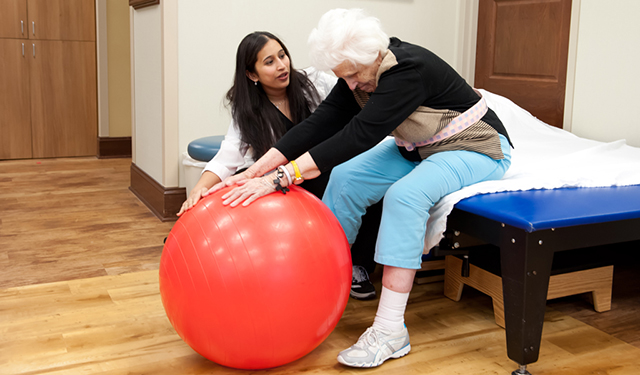Rehabilitation after an operation typically starts with an assessment by a licensed physical therapist. This expert assesses the patient's status, including their scope of movement, power, and pain levels. Based on this assessment, a customized treatment plan is created. This plan may consist of workouts to enhance flexibility, muscle-building to restore muscle, and methods to enhance balance and coordination. The therapist will guide the patient through these exercises, ensuring they are executed safely and effectively. This tailored approach helps patients progress at their own pace while meeting their specific requirements.
One of the key benefits of physical therapy is pain management. After surgery, many patients feel pain or discomfort, which can impede their ability to move and participate in daily activities. Physical therapists use different methods, such as manual therapy, modalities like heat or ice, and targeted exercises, to help alleviate pain. By managing pain efficiently, patients can participate more completely in their rehabilitation exercises, leading to faster recovery. Additionally, understanding how to control pain can enable patients to take an active role in their recovery process.

Another crucial aspect of rehabilitation is instruction. Patients are informed about their condition, the healing process, more helpful info and the significance of following to their rehabilitation program. This knowledge helps patients understand what to expect during healing and the role they have in their own healing. Physical therapists also provide advice on how to adjust daily activities to prevent further harm and encourage healing. This educational component fosters a sense of self-sufficiency and assurance, allowing patients to feel more in control of their recovery journey.
In conclusion, physical therapy is an essential component of healing after an operation. It not only aids in physical rehabilitation but also promotes mental and emotional well-being. Through customized treatment plans, discomfort management techniques, and educational support, rehabilitation empowers patients to take charge of their healing. By proactively engaging in their recovery, individuals can recover their strength, enhance their movement, and enhance their overall quality of life. Accepting physical therapy after surgery can result to a successful and fulfilling healing experience.